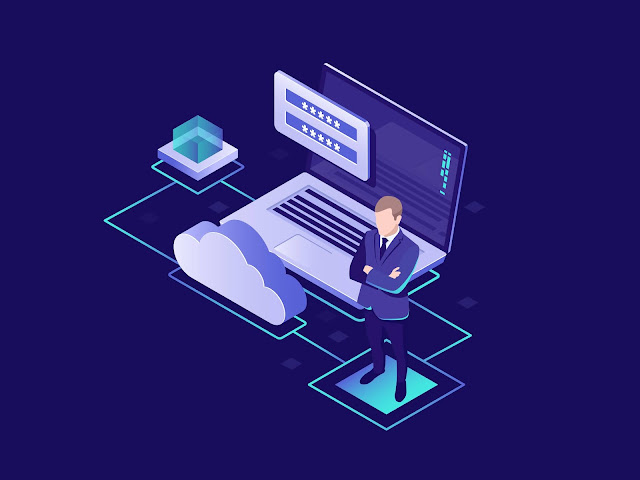Desktop to Cloud - A Case Study in Bookkeeping and Business Modeling
Just over 36 months ago Cornerstone began offering cloud-based accounting software for clients. Cloud accounting software was a real revelation as it provided both clients and our business with a number of opportunities. Moving over 50 desktop clients to cloud accounting hasn’t been easy, and took some time, but it has placed Cornerstone at the vanguard and looking optimistically at the future.
Desktop Challenges
Using desktop accounting programs are outdated as far as an external bookkeeping service is concerned. Files are kept on-site by the client, meaning access and the bookkeeping process is slow and cumbersome and no real-time information is available. As an example, checking credit card transactions required clients to send the transaction receipts – a process which could take days.
With no particular password protection in place, there was no accountability for those making changes and thus no tracking of errors. Training our team was a continual process to ensure staff on top of individual client processes. Cloud accounting allowed us to streamline processes in our business, but efficiencies were lost when we reverted to looking after desktop clients.
Essentially, these challenges prevented Cornerstone from being in the best position to service clients.
Cloud solutions
Tracking, visibility, control, and accountability are some of the key features that make cloud-based solutions so appealing. Cloud gives a lot of control not just to bookkeepers, but to business owner as well. Business owners are more likely to engage and respond to platforms due to accessibility and real-time updates, making their business better. The ability to take control of some aspects such as invoicing and making superannuation payments on the go also suits clients.
Cloud processes are more efficient, allowing cost savings to be passed on to clients. Another shift is that our business model has changed from billing at an hourly rate to providing fixed price packages, thus allowing us to add more value. Site visits, and the time and costs incurred, are a thing of the past - Xero, QuickBooks Online or MYOB Online software allows information to be accessed from anywhere resulting in more flexibility with running a bookkeeping business. Ultimately, clients retain the same level of service, but this service is simply provided remotely.
Desktop to cloud – Not as easy as it sounds
Moving clients from desktop programs to cloud based software was not the easiest transition, but provided Cornerstone with a number of learning opportunities. Transitioning clients to cloud-based software sounds simple enough, but enticing clients through education takes time.
The whole process of moving most of our clients to cloud-based accounting software took over 18 months. The first 25% of clients took the most amount of time to move due to their understandable uneasiness about change. Once clients started moving, we used them as case studies and the majority of clients were much quicker to approve a move online. As soon as clients moved to the cloud, we discovered that maintaining two streams of clients was going to be disastrous for ourselves and our clients. The final group of clients was the most difficult to entice and confirmed our suspicions on attempting to manage two streams of clients.
Lessons learned
The final 10-15 clients yet to transition were adamant about their retention of desktop-based programs. Being committed to moving entirely to the cloud and eliminating this second stream, we made the decision to let some clients go as we could no longer fulfill their needs. Financially, this meant a temporary loss of income, but efficiencies in our cloud service ensured cash flow was positive during this time.
In reviewing this process, some of our communication should have been better, however from our business perspective, keeping desktop clients that did not fit our service model was a scenario that was only going to anchor us. It’s always unfortunate to lose a client, but to move our business to where it is now, with 100% of clients using cloud-based software, it was a decision we had to make.
- A move to the cloud required a change in internal processes. This can take anywhere from six months to 4 years. For us it was 36 months.
- Once most of our clients were on the cloud, desktop clients slowed us down and gave us more work to do. A single stream, with a singular approach to all processes of business keeps everyone smiling.
- Our bookkeepers now work with multiple clients each day. Previously one desktop client could easily account for a day of business.
Transitioning to the cloud allowed our business to move forward, and maximise our offer to current and potential clients.


Comments
Post a Comment